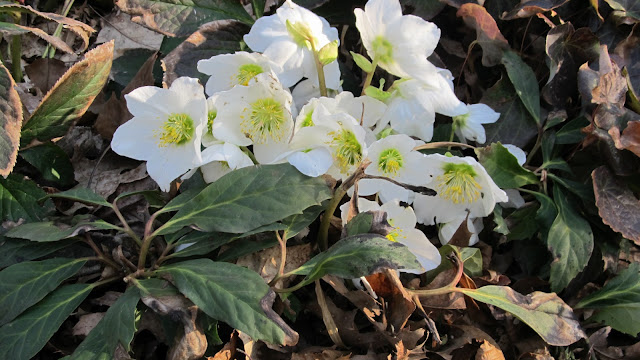Timballo di Maccheroni - Macaroni Pie
not a Tuscan dish but at times cooked at Le Ripe
The English translation - macaroni pie - simply does not do justice to such a grand and elaborate culinary creation: to render the idea one has to resort to French: Timbale of Pasta would be an improvement.
By contrast with the relatively simple and wholesome dishes of rural Tuscany, the Kingdom of the Two Sicilies in its long and varied history gave rise to grand recipes of lengthy and complex preparation with the occasional surprising ingredient. Simpler fare flourished too of course, but here I am referring to the sort of food prepared for aristocratic banquets such as that described in Tomaso de Lampedusa's The Leopard. Here is the quotation in the original and in an adapted translation.
"L'oro brunito dell'involucro, la fraganza di zucchero e di cannella che ne emanava, non era che il preludio della sensazione di delizia che si sprigionava dall'interno quando il coltello squarciava la crosta: ne erompeva dapprima un fumo carico di aromi e si scorgevano poi i fegatini di pollo, le ovette dure, le sfilettature di prosciutto, di pollo e di tartufi nella massa untuosa, caldissima dei maccheroni corti, cui l'estratto di carne conferiva un prezioso color camoscio."
The burnished gold of the casing, the fragrance of sugar and cinnamon it exuded, was but a prelude to the sensation of delight which was released from the interior when the knife pierced the crust; first a spice-laden steam burst forth, then one glimpsed the chicken livers, the hard-boiled eggs, the slivers of ham, chicken and truffles in the rich, hot mass of pasta, to which the meat juices lent an exquisite chamois hue.
The recipe presented here is not the original one as described so sensuously in The Leopard. It is the Neapolitan version, as prepared in my husband's family's kitchens for decades. The principles and the procedure are the same, but the ingredients are less sophisticated; yet the end result is surely as mouthwatering, surprising and delicious as any timballo prepared in 19th century Donnafugata.





















